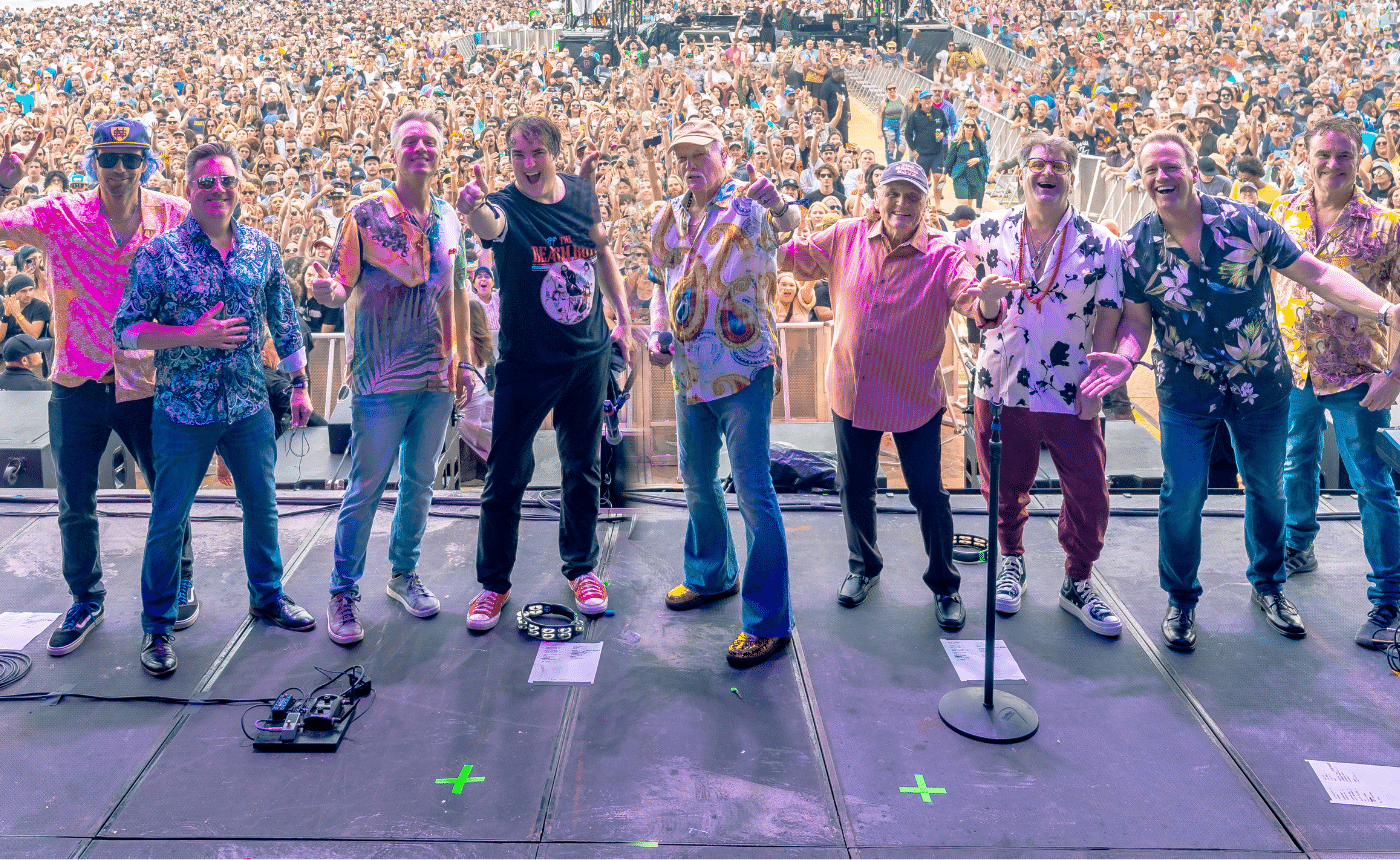Prokofiev – Concerto No. 1 for Violin in D Major, op. 19
Written by Jeff Counts
Instrumentation: 2 flutes (2nd doubles piccolo), 2 oboes, 2 clarinets, 2 bassoons, 4 horns, 2 trumpets, tuba, timpani, bass drum, tambourine, harp, strings
Duration: 22 minutes in three movements.
THE COMPOSER – SERGE PROKOFIEV (1891-1953) – 1917, the year Prokofiev finally completed his 1st Violin Concerto, was the most volatile in Russian history. Two anti-Czarist revolutions changed the face of the country forever – one in February and another in October. Prokofiev claimed to be in support of the upheavals but was away from Petrograd during the worst of it. In spite of everything, he managed to have one of his most productive years.
THE MUSIC – Prokofiev was a busy composer back in 1915 as well, too busy in fact to lavish enough attention on his budding “concertino” for violin. His opera The Gambler was requiring his full concentration at the moment – a fortunate circumstance that allowed the violin piece to incubate over a longer period of time and grow into the full-fledged three movement concerto we know today. More years of waiting would follow for this work as the revolution delayed the premiere until 1923 and necessitated a host city other than Moscow for the concert – Paris in this case. The French concert did not serve the concerto well. The ingredients were promising with Koussevitzky on the podium and Picasso in the audience but Prokofiev’s rather lyrical score was outpaced by another, decidedly more Parisian premiere. Stravinsky’s new Octet for Wind Instruments had just the sort of charming erudition that French music aficionados admired and though no one dismissed Prokofiev’s Concerto outright, one French composer did damn it with the faint praise of calling it “Mendelssohnian.” The term only tells half of the story. The outer movements certainly project a Romantic sensibility but the second movement is quite edgy and even a touch “modern.” When the 1st Concerto was performed to great success a few days later in Moscow (in a violin/piano version featuring none other than Milstein and Horowitz) and a year later by Joseph Szigeti in Prague, its star began to rise.
THE WORLD – In addition to the Great War and the Russian Revolution, 1917 also saw the founding of Lions Clubs International in Chicago and the signing of the Balfour Declaration in the United Kingdom. French sculptor Auguste Rodin passed away that fall.












